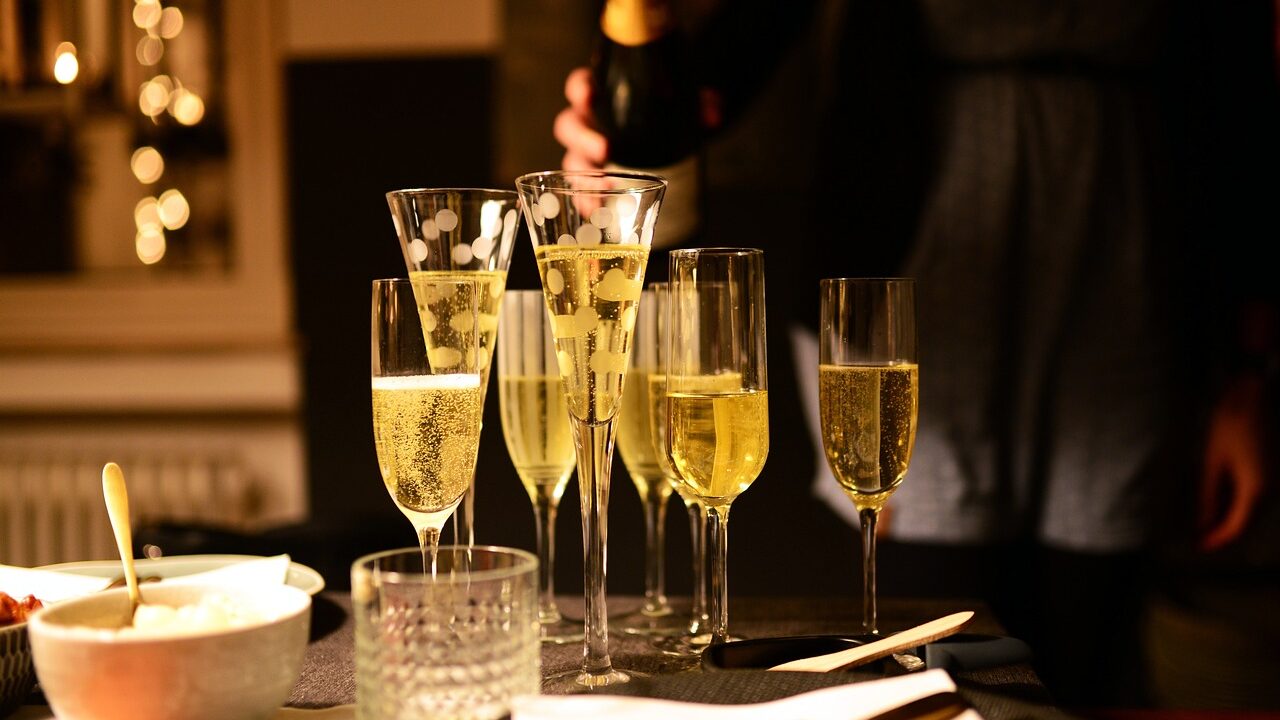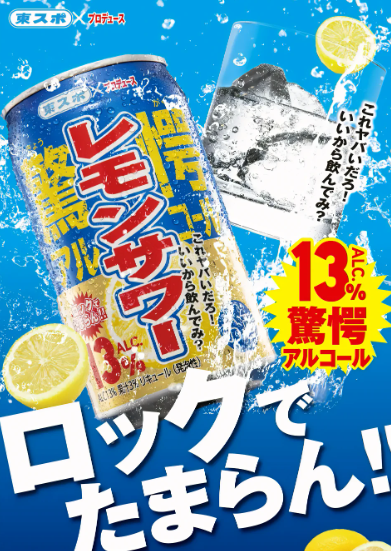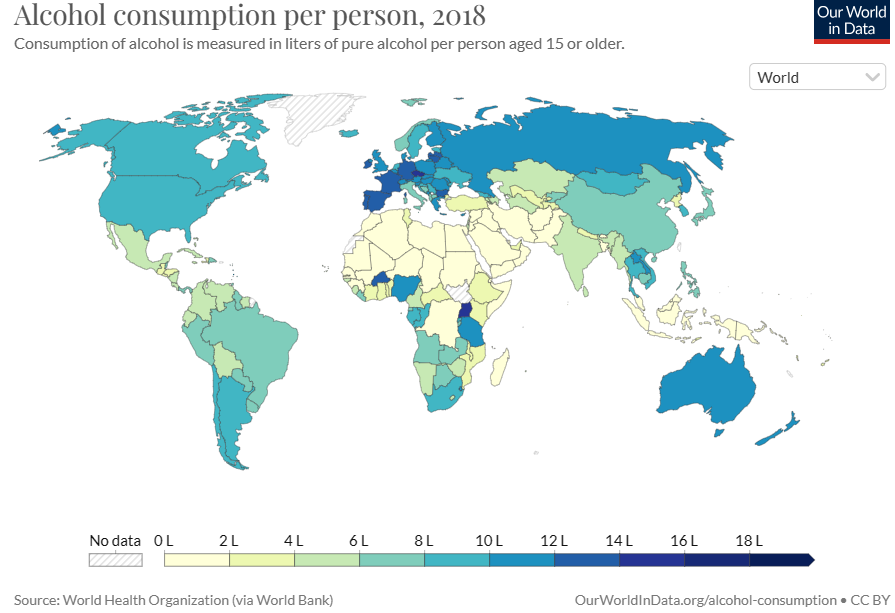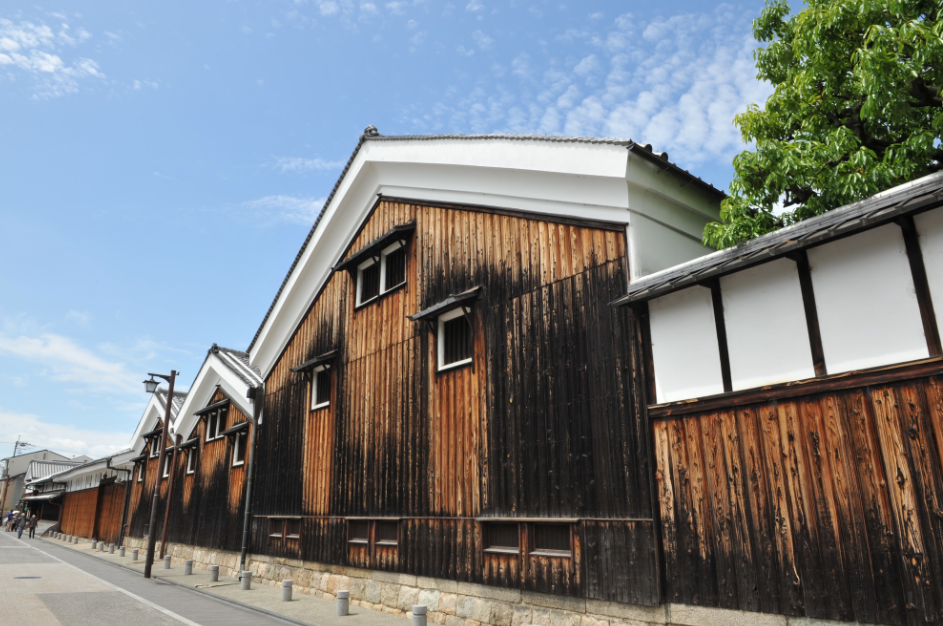Current Situation of Drinking Alcohol in Japan and Its Actual Condition: Do Japanese Really Drink a lot of Alcohol?

“Canned Chu-hi” with 13 percent alcohol has recently been launched in Japan. This “Canned Chu-hi” is the strongest lemon sour ever sold in Japan, and its manufacturer dares to go against the trend in the alcoholic beverage industry toward lower alcohol content (*1). It is sold in supermarkets and convenience stores throughout Japan.
(Figure: Canned chu-hi with 13 percent alcohol)

(Source: PR TIMES)
So is Japan an alcohol paradise? Actually, according to a 2018 survey, per capita alcohol consumption in Japan is not outstanding compared to other countries (*2).
(Figure: Alcohol consumption per person in the world)

(Source: Our World in Data)
Here are the “Top 10 Countries with the Highest Alcohol Consumption in 2019 (in liters of pure alcohol per capita)”:
1. Czechia – 14.26
2. Latvia – 13.19
3. Moldova – 12.85
4. Germany – 12.79
5. Lithuania – 12.78
6. Ireland – 12.75
7. Spain – 12.67
8. Uganda – 12.48
9. Bulgaria – 12.46
10. Luxembourg – 12.45
Most of the countries with high alcohol consumption are in Europe. However, if you visit Japan, you will see many people drinking beer, wine, whisky and so on in the business district or downtown. Many Japanese people like to have a drinking party, or “Nomi-kai”, but the reality is different from the experience. So, what is the attitude towards alcohol that Japanese people have?
The history of alcohol consumption in Japan is as follows (*3):
About 1,800-1,400 years ago, or during the Asuka period, the role of alcohol seems to have been a special drink offered to gods or emperors mainly for a good rice harvest.
About 1,300-1,200 years ago, it is believed that koji (dried fermentation starter) was introduced from China, and there is a record in the Kojiki (Records of Ancient Matters) that koji was used to make sake. Later, full-scale brewing of sake (an alcoholic beverage of Japanese origin made by fermenting rice) began throughout Japan.
About 1,200-800 years ago, or during the Heian period, sake began to be made by temple priests, which led to the gradual transformation that ordinary people began to drink sake, which used to be dedicated to the gods.
About 800-700 years ago, or during the Kamakura period, the number of liquor stores increased, especially in Kyoto, so sake became pervasive. At the same time, problems related to alcohol consumption, such as drunken violence, began to occur physically. Therefore, in 1252, the prohibition of alcohol was finally promulgated. As a result, the alcohol industry in Japan stagnated.
However, about 700-500 years ago, or during the Muromachi period, the Muromachi shogunate considered the tax on alcohol to be a powerful source of revenue and began to encourage brewing and sales of alcohol, and the demand for alcohol skyrocketed. Sake brewing also became more active in the provinces, and the first local brands of sake were born around Japan.
About 150-100 years ago, or during the Meiji and Taisho eras, the Meiji government began to focus on collecting taxes on alcohol. The government enacted a law that eliminated complicated licenses and allowed breweries to freely produce alcohol as long as they had the technology and capital to do so. The alcohol tax played such an important role that it now accounts for 30 percent of the nation’s revenue. In addition, with the development of science and technology, the quality of alcohol has improved dramatically.
When the Pacific War broke out, the government introduced a licensing system and a rationing system for the sale of alcohol in order to ensure tax collection.
(Figure: Sake Brewery in Fushimi, Kyoto)

(Source: KYOTO HYOTO)
Although alcohol was occasionally banned, Japanese people are basically tolerant of alcohol and have coexisted with it.
Now, how about the present situation? See drinking patterns and alcohol-related issues in recent Japan. Factors that influence alcohol consumption include social indicators such as urbanization and the ratio of workers in secondary and tertiary industries, as well as economic indicators such as GNP and per capita income. In Japan, alcohol consumption had been increasing until the late 1990s due to postwar economic development, but in recent years, due to the aging society, it has plateaued or even declined, peaking at 101.8 liters per adult in 1992 and decreasing to 78.2 liters in 2019(*4).
Japan’s GDP growth rate has declined rapidly since 1992(*5). At the same time, the alcohol consumption started to decline. That is to say, Japan’s alcohol consumption rate is fluctuating in accordance with economic situation. Recently, more and more Japanese people have been away from alcohol drinks.
Timely, last year (2022), in order to revitalize the domestic alcohol market, Japan’s National Tax Agency is promoting Japanese alcohol among young people through the “Sakeviva” project (*5). However, this project got a flood of criticism such as “It recalls the history of the British government’s exportation of opium to the Qing to stop the outflow of silver.” There is no knowing whether it got good results or not, since the data of last years is still not publicly available.
On the other hand, dangerous drinking habits among young people have been pointed out. “Strong-zero” series, canned chu-hi with high alcohol content are popular among the Japanese young. The fact that some young people are addicted to “Strong-zero” series is one of social problems. The canned chu-hi is cheap and easy to get and makes it easy for them to get drunk (*6).
Cheap…easy to get drunk…. Such preferences among young people may be the result of Japan’s declining economic power.
Given the anomaly that alcohol consumption, which energizes workers, increases with economic development, i.e., the development of secondary industries, the decline in alcohol consumption itself indicates the maturation of Japanese industry, but on the other hand, the rising popularity of low-priced, high-alcohol beverages, especially among young people, may symbolize the widening gap between the two.
*1 https://news.mynavi.jp/article/20230523-2685700/
*2 https://worldpopulationreview.com/country-rankings/alcohol-consumption-by-country
*3 https://azumarikishi.co.jp/media/history
*4 https://www.e-healthnet.mhlw.go.jp/information/alcohol/a-06-001.html
*5 https://sputniknews.jp/20220820/12567674.html
*6 https://biz-journal.jp/2020/02/post_141358.html
Norifumi KASASAKU
Researcher (Analyst), Global Intelligence Group (GIG)



